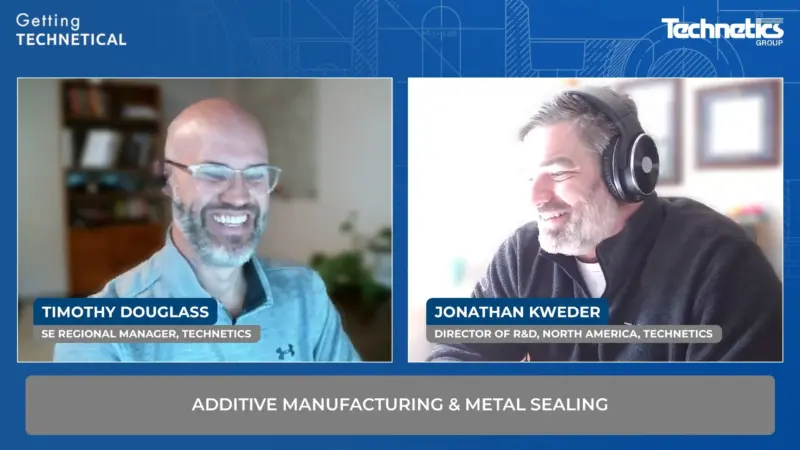Useful Elastic Recovery with Metallic Sealing Solution
Stephen Lint, a design engineer from Technetics Group in Columbia, delves into the concept of useful elastic recovery in metallic sealing solutions. He sheds light on how metallic seals exhibit elastic deformation, offering sealing capabilities even after decompression, which can be advantageous in static systems where joint or flange separation may occur due to external factors.
Through a simulation depicting the compression and subsequent decompression of a seal, Steven highlights the total compression and permanent deformation values, denoted as e sub naught. The useful elastic recovery of the seal lies between these two compression amounts and determines the point at which loss of sealing performance occurs, rather than the loss of actual contact.
Determining the exact extent of useful elastic recovery a seal can handle proves challenging, as it cannot be accurately predicted through calculations or analysis alone. Testing becomes essential to account for various factors that impact the final value, including seal design, system pressure, system temperature, sealing surface finishes, and required gasket load.
Technetics Group recognizes the significance of useful elastic recovery in optimizing sealing solutions and ensures a comprehensive approach to achieve desired sealing performance. By conducting thorough testing and considering the various influencing factors, Technetics Group delivers reliable and effective metallic sealing solutions that can withstand dynamic conditions and maintain their sealing capabilities.
Technetics Group’s expertise in seal design and their commitment to quality engineering enable them to offer advanced sealing solutions that meet the specific requirements of diverse industries and applications.



